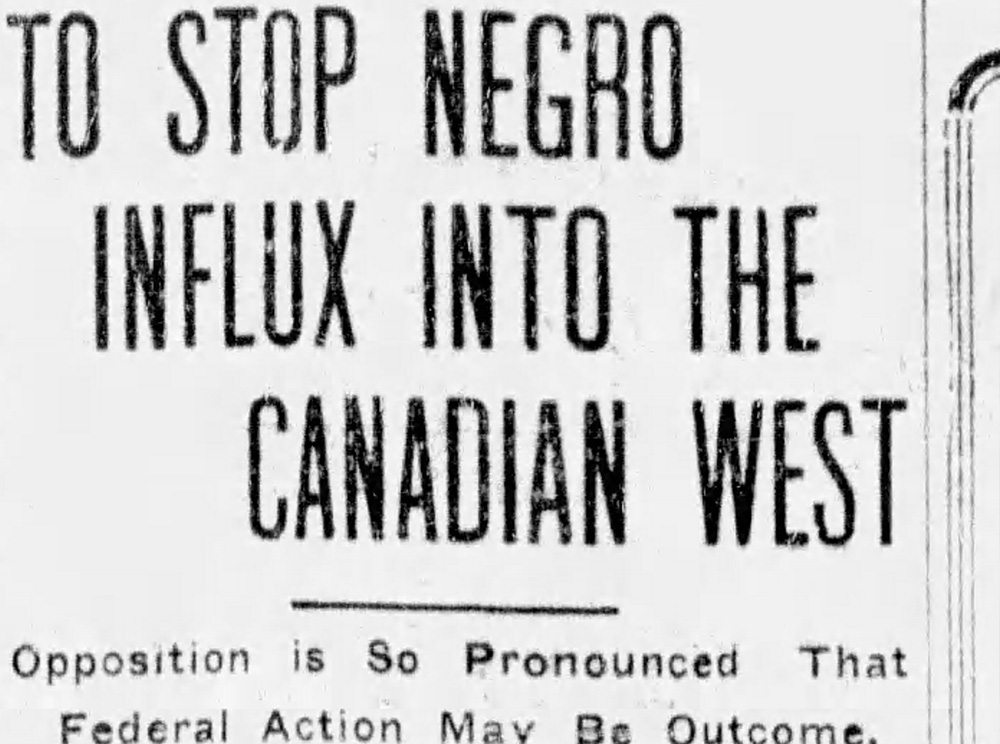
The Oklahoma Migration (Prairie Provinces)
In 1897, Canada began to recruit farmers from the United States and Europe to settle in the Western provinces, namely, Saskatchewan, Alberta and Manitoba. The federal government had recently taken land away from Indigenous people, in a process called “expropriation,” through numbered treaties and wanted to maintain strict control over the land in these agreements. The Plains First Nations who were involved in the treaties understood them as alliances of peace, friendship, and mutual support. Treaties, they believed, would ensure their survival and security in an uncertain future. The Canadian government understood treaties differently. In the government’s view, treaties were a means of acquiring land for a transcontinental railway, settlement, agriculture, and resource extraction.
To encourage settlement, immigration agents used newspaper ads to inform potential newcomers that they could build homes on and own 160 acres of land if they cleared it and paid a one-time $10 fee. The goal was to recruit white Europeans and Americans. However, African Americans in Oklahoma responded to the opportunity with great interest, as segregation laws in the state restricted their full participation in U.S. society. In 1905, African Americans began to travel to Canada, viewing the move north as a step toward greater freedom. However, open hostility toward African Americans by the Canadian government and the broader Canadian society caused the migration to end in 1912.
Objects
